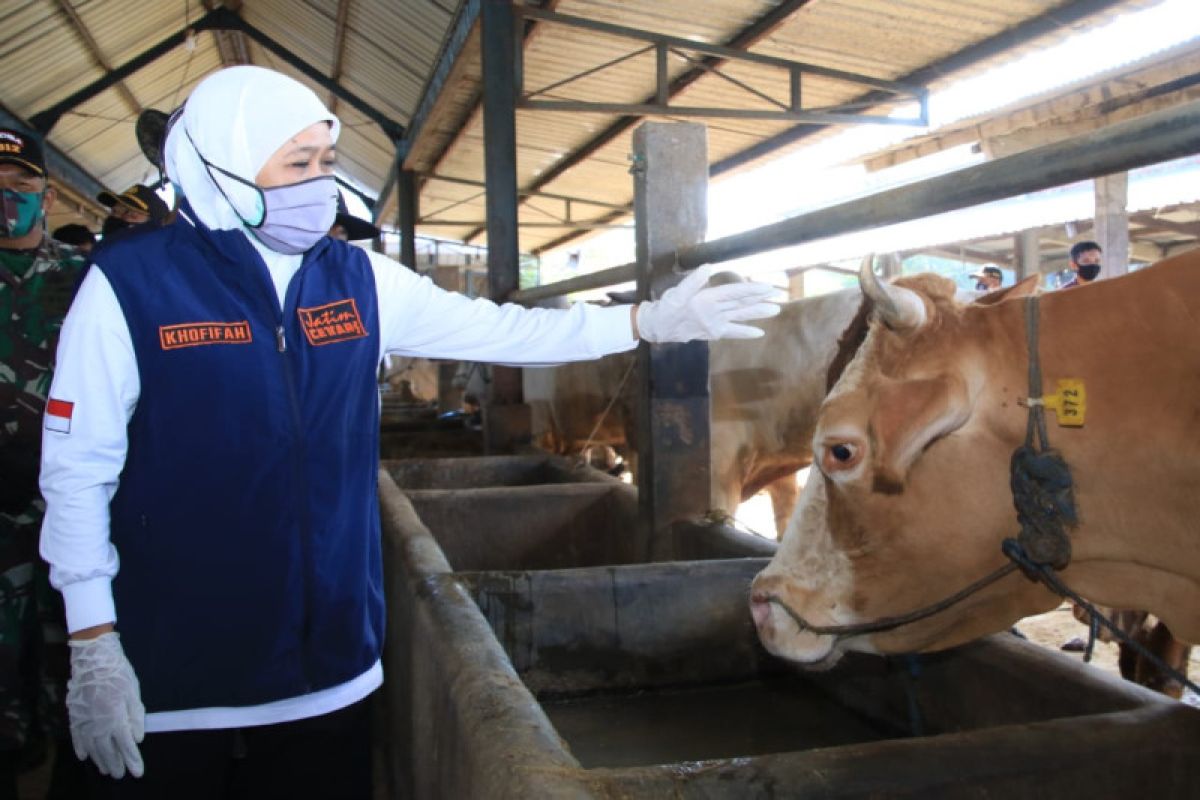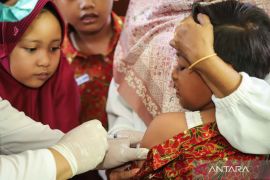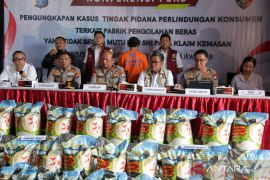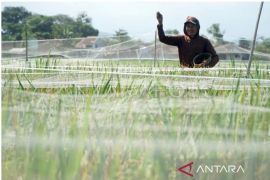"The first case of LSD infecting cattle appeared in Indonesia, precisely in Riau province, in February 2022. Two weeks ago, LSD was reported in Kendal, Central Java," East Java Governor Khofifah Indar Parawansa informed here on Monday.
LSD is caused by the pox virus, which attacks cattle, buffaloes, and wild ruminants, she said.
To prevent LSD in East Java, she asked all regional heads, especially the heads of livestock offices across the province, to take concrete actions, such as carrying out LSD vaccinations for cattle.
"If there are cows in East Java that are indicated to be infected with LSD or have been infected by the (viral) vectors, concrete actions should be immediately taken, one of which is to administer vaccines," she said.
According to Governor Parawansa, the spread of LSD is different from foot-and-mouth disease (FMD). FMD spreads through the air, while LSD is transmitted by viral vectors such as mosquitoes, blood-sucking flies, and ticks.
Farm animals infected with LSD may grow 1–7 cm nodules, usually in their neck, head, legs, tail, and udder area. In severe cases, these nodules can be found in almost all parts of the body.
"The appearance of these nodules usually begins with a fever of more than 40.5 degrees Celsius. The nodules, if untreated, will become necrotic and ulcerative lesions," Parawansa said.
Other clinical signs of LSD are weakness, nasal and eye discharge, swelling of the subscapular and prefemoral lymph nodes, and edema.
In addition, LSD can also lead to abortion, decreased milk production in dairy cattle, infertility, and prolonged fever.
Related news: Cattle in Riau vaccinated to prevent spread of LSD
Related news: Agriculture Ministry outlines its quick, measurable response to FMD
Translator: Abdul H, Kenzu
Editor: Suharto
Copyright © ANTARA 2022












